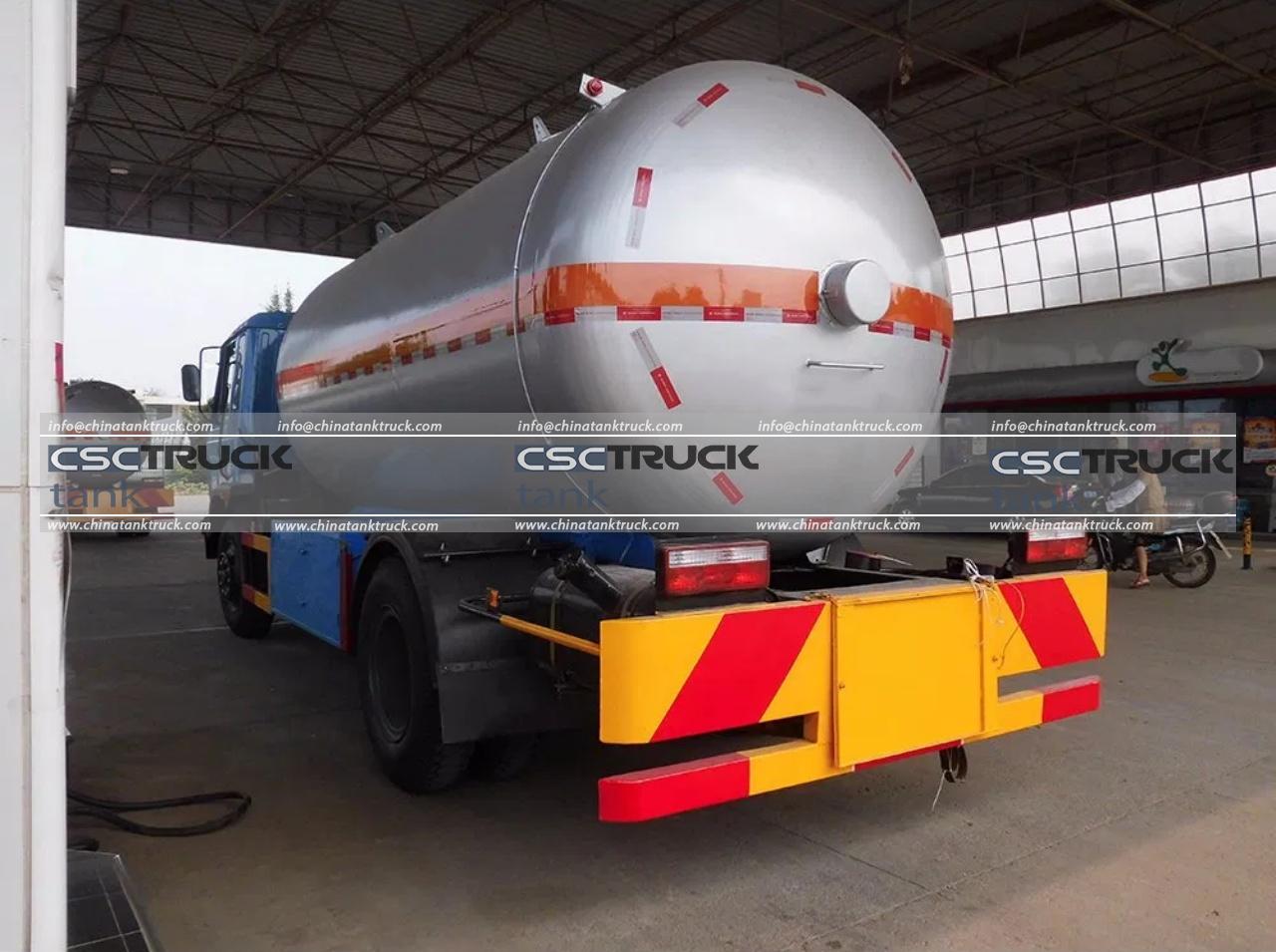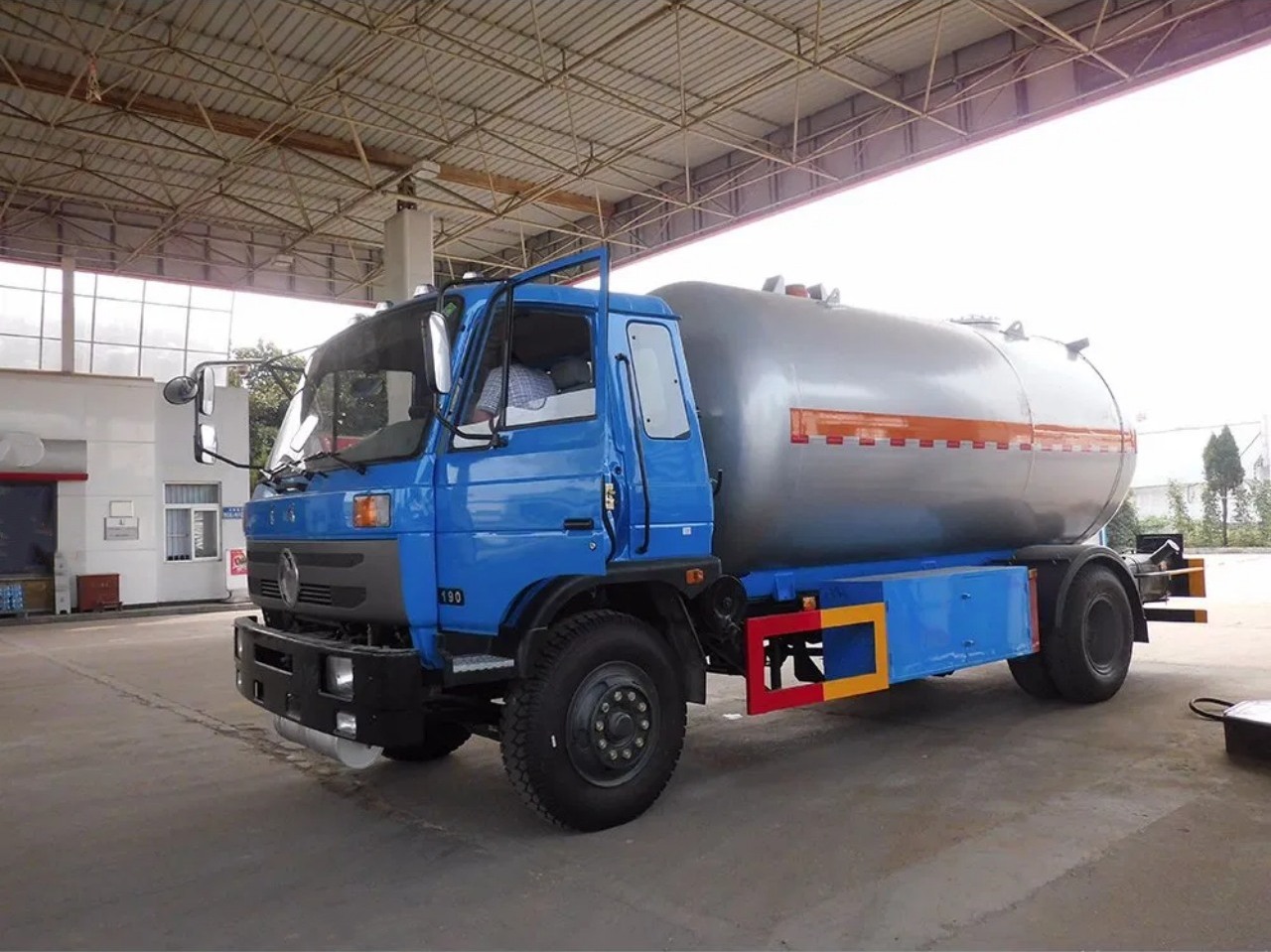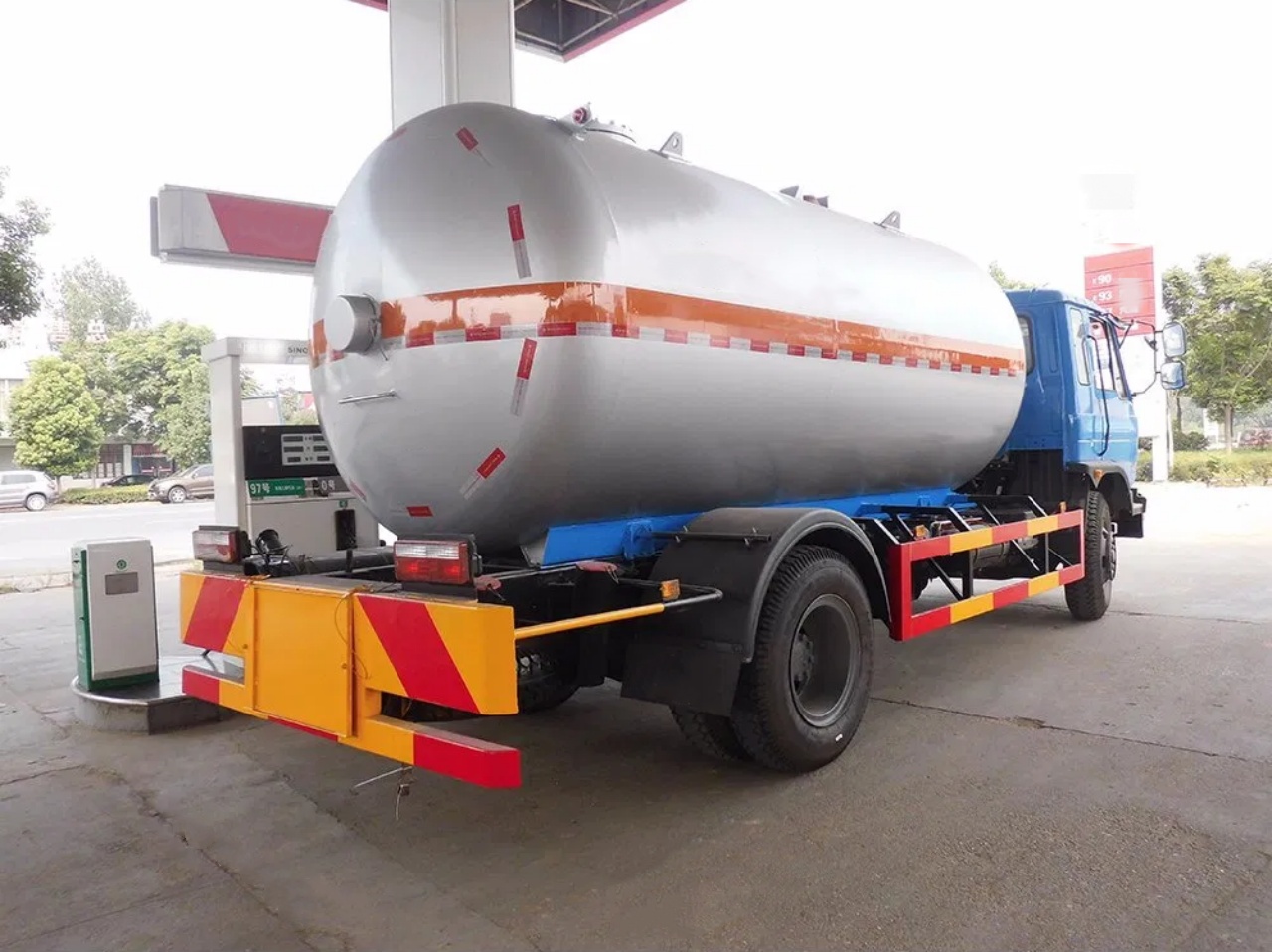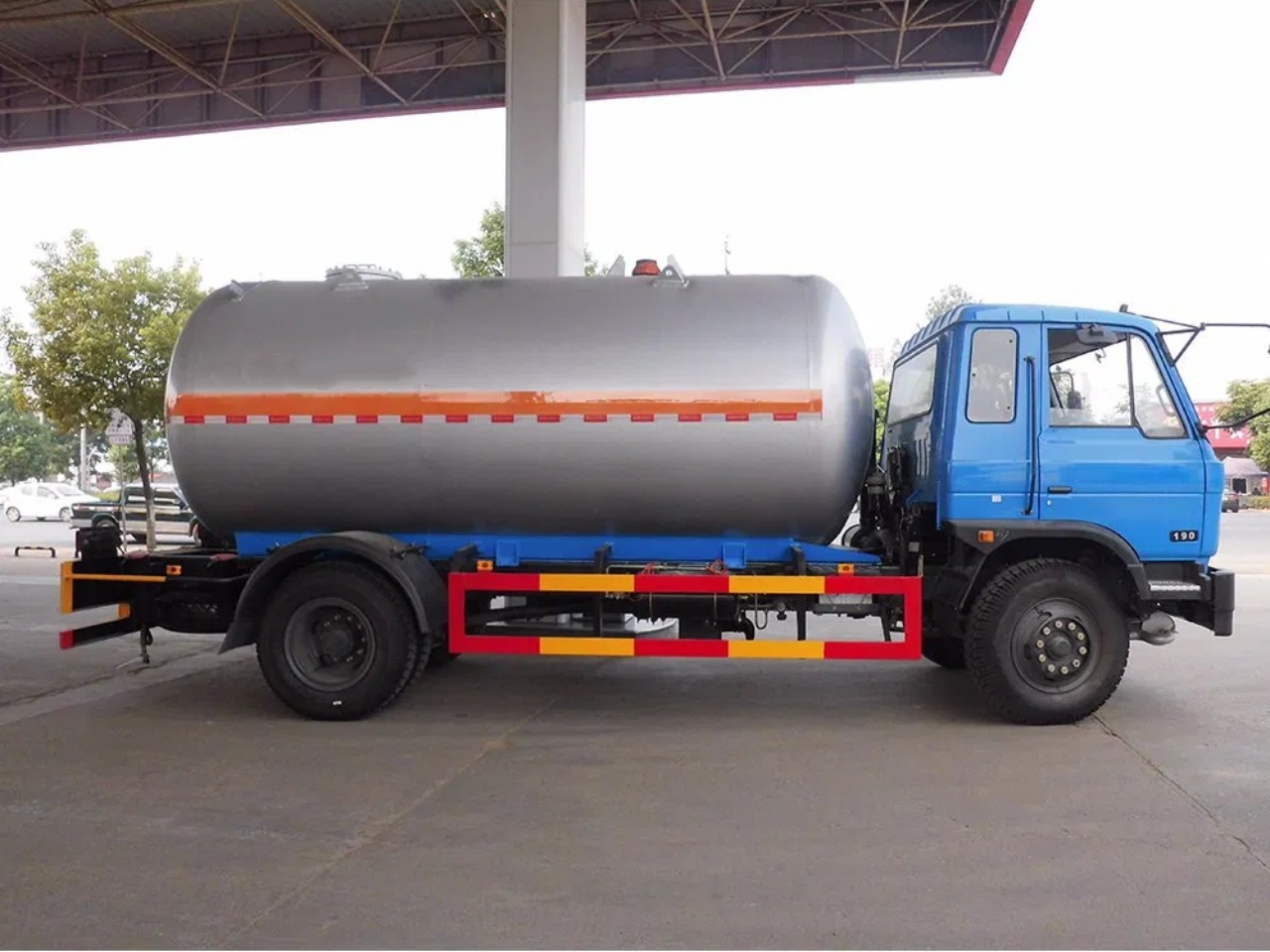In the world of logistics and transportation, various types of trucks are used to perform specialized tasks depending on the industry and the cargo being handled. One such vehicle that plays a unique role is the bobtail delivery truck. Though the name might sound a bit odd to those unfamiliar with trucking terminology, bobtail trucks are vital to many delivery operations, especially in fuel distribution and commercial delivery systems.
This article will explore what a bobtail delivery truck is, its features, applications, advantages, and safety considerations.
Definition of a Bobtail Truck
A bobtail truck typically refers to a semi-truck operating without a trailer attached. However, in the context of delivery and fuel services, especially propane or LPG (liquefied petroleum gas), a bobtail truck refers to a straight truck equipped with a tank for transporting and delivering fuel.
So, the term “bobtail” has 2 definitions depending on the context:
- In general trucking, a tractor unit runs without a trailer.
- In fuel delivery services, a tank truck is used to deliver propane, LPG, or similar fuels to customers.
For this article, we’re focusing on the bobtail delivery truck used in the fuel industry.
Features of a Bobtail Delivery Truck
Bobtail trucks used in propane or LPG delivery have several key features that distinguish them from other delivery vehicles:
1. Tank-Mounted Body
These trucks have a cylindrical tank mounted on the chassis. The tanks are usually made from high-strength steel or aluminum, designed to hold pressurized gas safely.
2. Capacity
Bobtail trucks typically carry between 1,000 to 5,000 gallons of fuel, depending on the size of the vehicle and regional regulations.
3. Metering and Pumping Equipment
To perform precise deliveries, bobtail trucks are equipped with:
- Flow meters
- Delivery hoses
- Pumps
- Automatic shut-off valves
This equipment ensures safe, efficient, and accurate delivery to residential or commercial tanks.
4. Safety Features
Given that they transport flammable materials, bobtail trucks are equipped with:
- Emergency shutoff systems
- Pressure relief valves
- Fire extinguishers
- Anti-static grounding systems
These features are crucial for preventing accidents during transportation and delivery.
Common Uses of Bobtail Delivery Trucks
1. Residential Propane Delivery
Bobtail trucks are commonly seen in suburban and rural areas where natural gas pipelines are not available. Propane is used for:
- Home heating
- Cooking
- Water heating
- Backup power generation
The bobtail truck pulls up to a home, connects a delivery hose to the resident’s propane tank, and fills it safely using the truck’s metering system.
2. Commercial and Industrial Fueling
Restaurants, farms, construction companies, and other businesses also rely on bobtail deliveries for their propane needs. Propane is often used for:
- Forklifts
- Commercial heating
- Agricultural operations
- Industrial equipment
3. Temporary Heating Applications
In cold climates, bobtail trucks are used to supply propane for temporary heating units at construction sites or during outdoor events.
Advantages of Bobtail Delivery Trucks
1. Versatility
Bobtail trucks can access a variety of locations, from narrow residential roads to large commercial premises, offering flexible delivery capabilities.
2. Efficient Local Deliveries
Since they carry a significant amount of fuel but remain smaller than tank trailers, bobtails are ideal for last-mile delivery.
3. Self-Sufficient Equipment
With onboard pumps and meters, bobtail trucks don’t need external equipment to perform deliveries. They operate as standalone delivery units, which is convenient for both drivers and customers.
4. High Maneuverability
Compared to larger articulated tanker trucks, bobtail trucks are easier to maneuver. This is important when operating in tight spaces such as residential neighborhoods or remote rural roads.
Safety Considerations
Transporting flammable substances comes with inherent risks. The design and operation of bobtail trucks are subject to strict regulations and best practices:
1. Driver Training
Operators must have specialized training and certifications. In the U.S., this usually includes:
- A Commercial Driver’s License (CDL)
- Hazardous materials endorsement (HazMat)
- Propane handling certification
2. Maintenance and Inspection
Regular inspection of tanks, valves, hoses, and metering systems is critical to ensure there are no leaks or malfunctions.
3. Emergency Procedures
Drivers are trained in emergency response protocols in case of a fire, leak, or accident. Vehicles carry emergency kits and communication equipment.
4. Environmental Regulations
Spills or leaks must be avoided at all costs. Companies operating bobtail trucks follow environmental safety standards to minimize the risk of contamination.
Bobtail vs. Tank Trailer Trucks
It’s helpful to distinguish bobtail trucks from full tank trailer trucks. While both are used to transport fuel:
| Feature | Bobtail Truck | Tank Trailer Truck |
|---|---|---|
| Configuration | Single-unit truck | Tractor + detachable tank trailer |
| Capacity | 1,000–5,000 gallons | 8,000–11,000 gallons |
| Maneuverability | High | Low |
| Used for | Local delivery | Long-distance bulk transport |
| Specialized for | Residential/commercial delivery | Bulk distribution to filling stations or depots |
Bobtail trucks complement larger tankers by serving as final-stage delivery vehicles that bring fuel directly to end-users.
Conclusion
A bobtail delivery truck is an essential tool in the fuel distribution industry, particularly for the local delivery of propane or LPG. With its compact size, onboard metering and pumping equipment, and safety-focused design, the bobtail truck is well-suited to serving both residential and commercial customers efficiently.
Although the term “bobtail” can mean different things depending on context, in fuel services, it specifically refers to a tank-equipped straight truck. These trucks are the backbone of local propane delivery operations, ensuring homes stay warm and businesses keep running.
Understanding the function and features of a bobtail delivery truck helps us appreciate the behind-the-scenes logistics that keep fuel flowing safely to our communities.





